- Why Pruning is Important for Healthy Plants
- 1. Promotes Plant Growth
- 2. Controls Plant Size and Shape
- 3. Increases Air Circulation
- 4. Enhances Sunlight Penetration
- 5. Increases Fruit and Flower Production
- When to Prune Your Plants in Summer
- 1. After Flowering:
- 2. Early Morning or Late Evening:
- 3. Dry Weather:
- 4. Dead or Diseased Branches:
- 5. Dormant Pruning:
- Removing Dead or Diseased Branches
- Thinning Overcrowded Branches
- Shaping and Controlling Growth
- Promoting Flowering and Fruiting
- 1. Deadheading
- 2. Thinning
- 3. Pruning to Shape
- 4. Stimulate Lateral Branches
- 5. Timing
- Pruning for Maintenance and Size Control
- Tips for Proper Pruning Techniques
- 1. Start with the right tools
- 2. Know when to prune
- 3. Remove dead or diseased branches
- 4. Use the right pruning technique
- 5. Take your time and step back
- Question-answer:
- When is the best time to prune my plants in the summer?
- How often should I prune my plants in the summer?
- Can I prune my plants during the hottest part of the day?
- What tools should I use for summer pruning?
- How much should I prune off my plants during the summer?
- Are there any plants that should not be pruned in the summer?
- Video: How to Prune Basil So It Grows Forever!
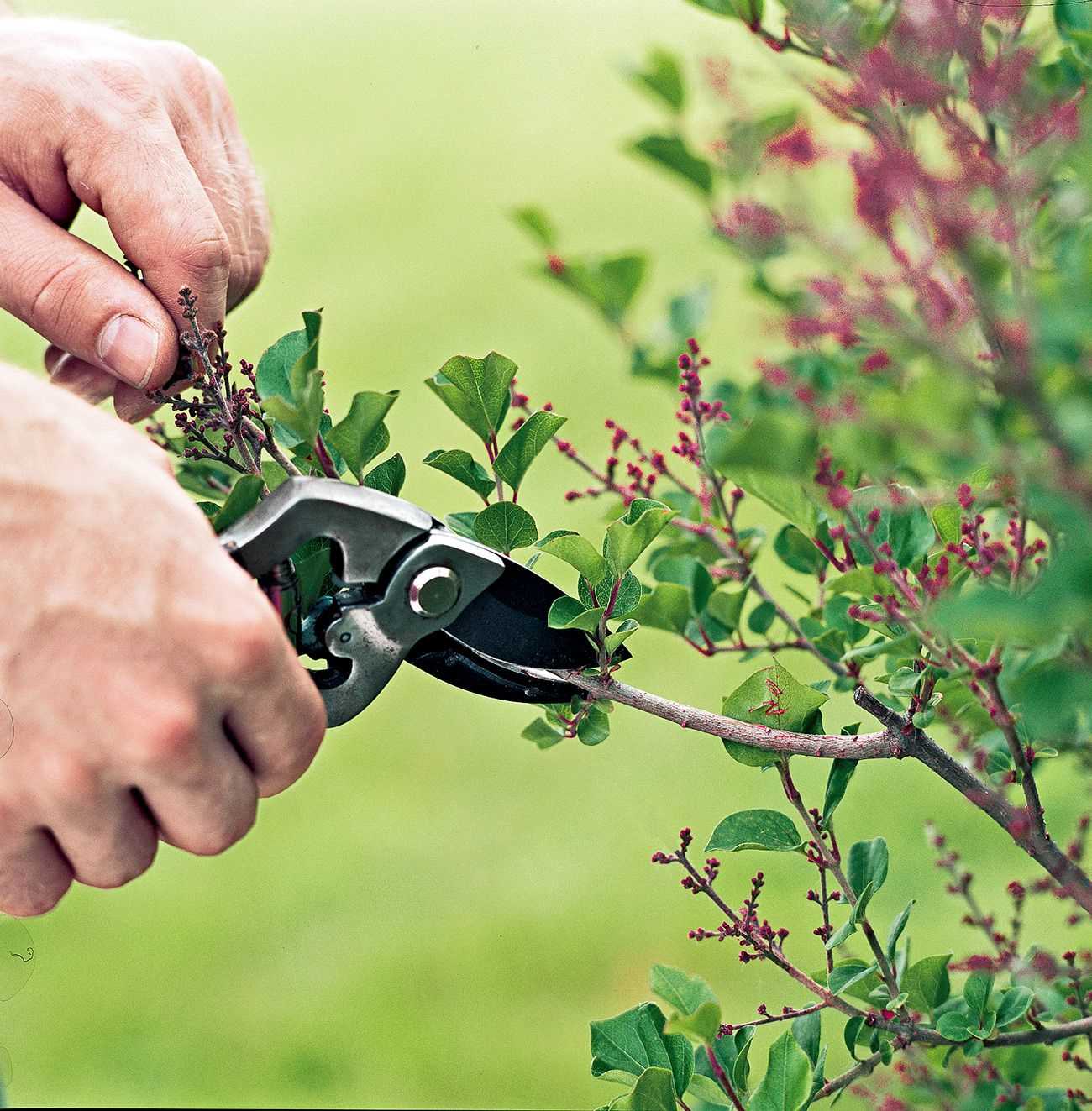
The summer season is a critical time for maintaining the health and vitality of your plants. With soaring temperatures and increased sunlight, it is important to take proper care of your garden to ensure its success. One of the most effective ways to promote healthy growth and maintain the overall shape and structure of your plants is through the process of pruning.
Pruning is the removal of specific parts of a plant, such as branches or leaves, to encourage new growth and improve the overall health of the plant. This technique is especially important during the summer months, as it allows for increased air circulation and sunlight penetration, reducing the risk of disease and promoting better flowering.
There are various pruning techniques that gardeners can employ to maintain the health and beauty of their plants. Here are five simple summer pruning techniques that experts recommend for keeping your plants in optimal condition:
1. Deadheading: Removing spent flowers is a simple and effective way to promote continuous blooming throughout the summer. By cutting off the faded blooms, you stimulate further growth and encourage the production of new flowers.
2. Thinning: Thinning involves removing overcrowded or weak branches to improve air circulation and sunlight penetration. This technique helps reduce the risk of disease and promotes healthier growth by providing space for the remaining branches to thrive.
3. Shearing: Shearing is the process of cutting back the outer tips of a plant to maintain its shape and encourage dense growth. This technique is commonly used for hedges and shrubs to create a tidy and compact appearance.
4. Training: Training involves guiding the growth of a plant by removing unwanted or wayward branches. This technique is often used for climbers and fruit trees to create a more manageable and aesthetically pleasing shape.
5. Rejuvenation: Rejuvenation pruning is a more drastic technique that involves cutting back the entire plant to its base or main branches. This method is used to revitalize overgrown or neglected plants, promoting new growth and rejuvenating the overall health of the plant.
By implementing these simple summer pruning techniques, you can ensure that your plants remain healthy, vibrant, and productive throughout the season. Remember to use sharp and clean tools, and always prune during the appropriate time for each specific plant. With proper care and attention, your garden will thrive and bring you joy throughout the summer months.
Why Pruning is Important for Healthy Plants
Pruning is an essential gardening practice that involves the removal of specific parts of a plant such as branches, stems, or leaves. While it may seem counterproductive to remove parts of a plant, pruning is actually beneficial for the overall health and growth of plants. Here are some reasons why pruning is important:
1. Promotes Plant Growth
Regular pruning helps promote healthy and vigorous growth in plants. By removing dead or diseased branches, you can redirect the plant’s energy towards new growth. Pruning also stimulates the development of new buds and flowers, resulting in a more attractive and productive plant.
2. Controls Plant Size and Shape
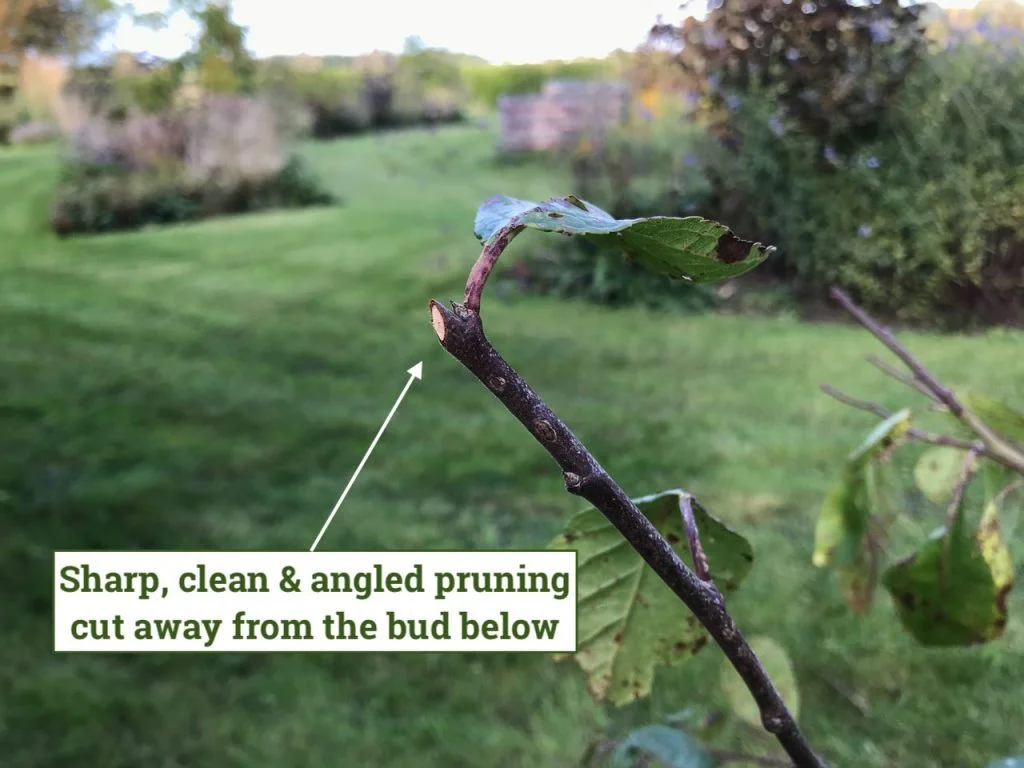

Pruning is an effective way to control the size and shape of plants. By selectively removing branches, you can prevent a plant from becoming too large or spreading uncontrollably. Additionally, pruning can help create a more aesthetic form, enhancing the overall appearance of the plant.
3. Increases Air Circulation
Proper pruning improves air circulation within a plant, reducing the risk of fungal diseases. When plants are densely packed with foliage, air circulation is limited, creating a humid environment that favors disease development. By thinning out branches and removing excess growth, you allow air to flow freely through the plant, keeping it healthy and disease-free.
4. Enhances Sunlight Penetration
Pruning helps improve sunlight penetration into the inner portions of a plant. This is particularly important for plants that require full sun to thrive. By removing dense foliage or branches that are blocking sunlight, you ensure that all parts of the plant receive adequate light, promoting photosynthesis and healthy growth.
5. Increases Fruit and Flower Production
Pruning plays a crucial role in increasing fruit and flower production. By removing old or unproductive branches, you allow the plant to direct its energy towards the production of new flowers and fruits. Pruning also helps improve the quality of the harvested fruits and flowers by increasing their size, color, and flavor.
Overall, pruning is an essential practice for maintaining the health, appearance, and productivity of plants. It is important to follow proper pruning techniques and guidelines specific to each plant type to achieve the best results.
When to Prune Your Plants in Summer
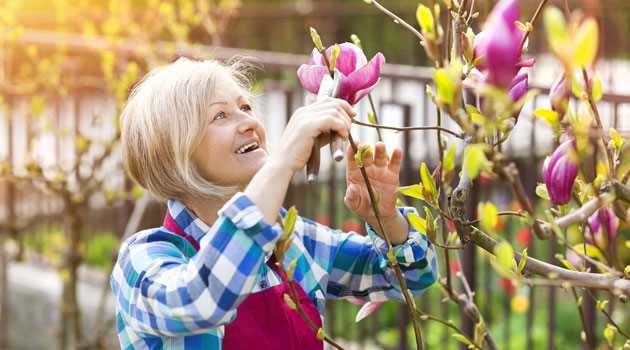

Pruning your plants in summer is an essential task to maintain their health and appearance. However, timing is crucial when it comes to pruning, as doing it at the wrong time can harm your plants. Here are some guidelines to help you determine the best time to prune your plants during the summer months:
1. After Flowering:
For plants that bloom in spring or early summer, it’s best to wait until they have finished flowering before pruning. This allows the plants to use their energy for flower production before being pruned.
2. Early Morning or Late Evening:
The best time to prune your plants in summer is during the early morning or late evening when the temperatures are cooler. Pruning during the hottest part of the day can stress your plants and lead to wilting.
3. Dry Weather:
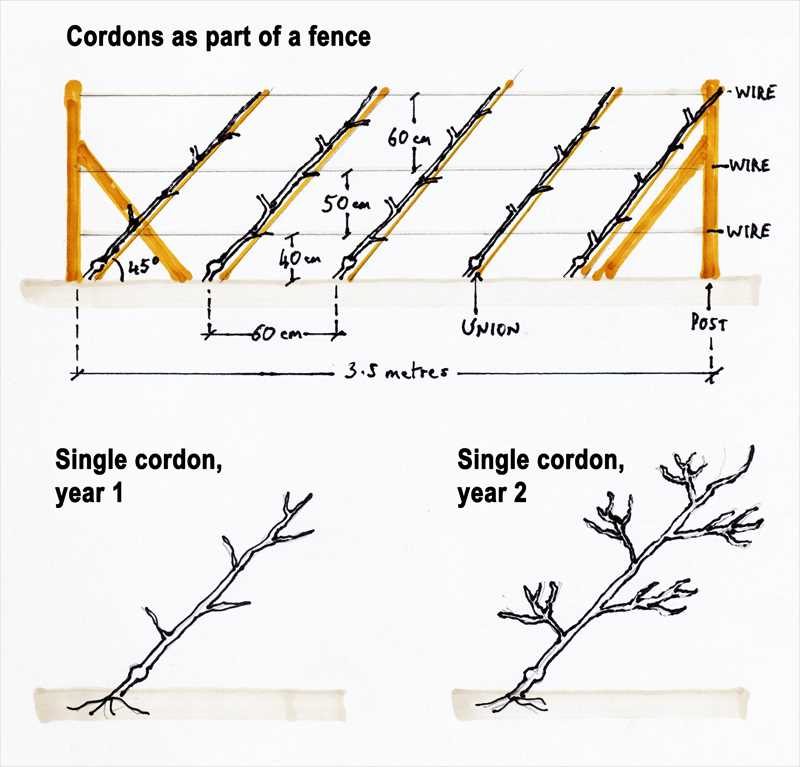

Avoid pruning your plants during rainy or humid weather. Moisture can promote the growth of diseases and fungal infections. Pruning during dry weather helps reduce the risk of plant diseases.
4. Dead or Diseased Branches:
If you notice any dead or diseased branches on your plants, it’s important to remove them promptly, regardless of the season. Pruning these branches helps prevent the spread of diseases and promotes overall plant health.
5. Dormant Pruning:


Some plants, such as fruit trees, benefit from dormant pruning during the summer. Dormant pruning involves removing branches and stems while the plant is not actively growing. It helps shape the plant and encourages new growth in the following season.
Remember, every plant has different pruning requirements, so it’s essential to research the specific needs of your plants before pruning. Following these guidelines will help you make informed decisions and ensure the health and vitality of your plants throughout the summer season.
Removing Dead or Diseased Branches
One of the most important summer pruning techniques is removing dead or diseased branches from your plants. This not only improves the overall appearance of the plant, but also promotes its health and prevents the spread of disease.
Step 1: Start by inspecting your plants for any branches that are dead or showing signs of disease. Common signs of disease include discoloration, oozing sap, or patches of mold or fungus.
Step 2: Once you have identified the dead or diseased branches, use a pair of clean, sharp pruning shears to cut them off. Make sure to cut just above the branch collar, which is the slightly swollen area where the branch meets the trunk or main stem. This helps to promote healing and prevent further damage to the plant.
Step 3: After removing a branch, inspect the cut for any signs of disease or decay. If you see any, make sure to clean your pruning shears with rubbing alcohol or a bleach solution before moving on to the next cut. This helps to prevent the spread of disease to other parts of the plant.
Step 4: Dispose of the removed branches properly, either by burning them or placing them in a garbage bag. Do not compost diseased branches, as this can spread the disease to other plants in your garden.
Step 5: Once you have finished removing all the dead or diseased branches, take a few steps back and admire your handiwork. Your plants will thank you for the extra care and attention you have given them.
Thinning Overcrowded Branches
Thinning overcrowded branches is an important summer pruning technique that helps promote healthy growth, improve air circulation, and maintain the overall shape of your plants.
To thin overcrowded branches, follow these steps:
- Inspect the plant and identify any branches that are crossing, rubbing, or growing in the wrong direction. These branches can hinder the plant’s growth and need to be removed.
- Choose the branches that are the weakest, diseased, or damaged. These branches are less likely to contribute to the plant’s overall health and can be removed to make room for healthier growth.
- Using sharp and clean pruning shears, make a clean cut near the base of the selected branch. Be careful not to damage the surrounding branches or the main trunk of the plant.
- If necessary, repeat the process for other overcrowded branches until the plant has a more open and balanced structure.
Thinning overcrowded branches should be done selectively and with care. It’s important not to remove too many branches at once, as this can weaken the plant and disrupt its natural growth pattern. Aim to remove no more than 20-30% of the plant’s branches each year to ensure a healthy and gradual thinning process.
Shaping and Controlling Growth
One important aspect of summer pruning is shaping and controlling the growth of your plants. By pruning during the summer months, you can guide the growth of your plants to create a desired shape and size. Here are some expert tips for shaping and controlling growth:
- Regularly trim back long shoots: Identify long shoots that are growing out of control and trim them back. This will help maintain the desired shape of the plant and prevent it from becoming too leggy.
- Remove any crossing or rubbing branches: When branches start crossing or rubbing against each other, they can cause damage or hinder growth. Remove these branches to maintain a healthy and balanced structure.
- Encourage lateral growth: To make your plants bushier and fuller, encourage lateral growth. Prune back the main shoots to a desired length, which will allow for more lateral shoots to develop.
- Thin out crowded areas: If you notice that certain parts of your plant are overcrowded with branches, thin them out. This will improve air circulation, reduce the risk of disease, and allow more light to reach the inner parts of the plant.
- Train plants on supports: If you have climbing or vining plants, consider training them on supports. Prune back the excessive growth and guide the plants to wrap around the supports. This will create a neat and organized look, while also preventing the plants from overwhelming other areas of your garden.
Remember, shaping and controlling growth through summer pruning is an ongoing process. Regularly assess the growth patterns of your plants and make adjustments as needed. With proper pruning techniques, you can shape your plants into beautiful and well-managed specimens.
Promoting Flowering and Fruiting
One of the main goals of summer pruning is to promote flowering and fruiting in your plants. By following some simple techniques, you can encourage your plants to produce more flowers and fruits.
1. Deadheading
Deadheading is the process of removing spent flowers from your plants. This prevents the plant from putting energy into producing seeds and instead directs the energy towards producing more flowers. Deadheading can be done by simply pinching off the dead flowers with your fingers or using pruning shears if necessary.
2. Thinning
Thinning involves the removal of excess flower buds or fruits to improve the quality of the remaining ones. By thinning, you enable the plant to focus its energy on fewer flowers or fruits, resulting in larger and healthier products. Thinning can be done by gently pulling or cutting off excess buds or fruits.
3. Pruning to Shape
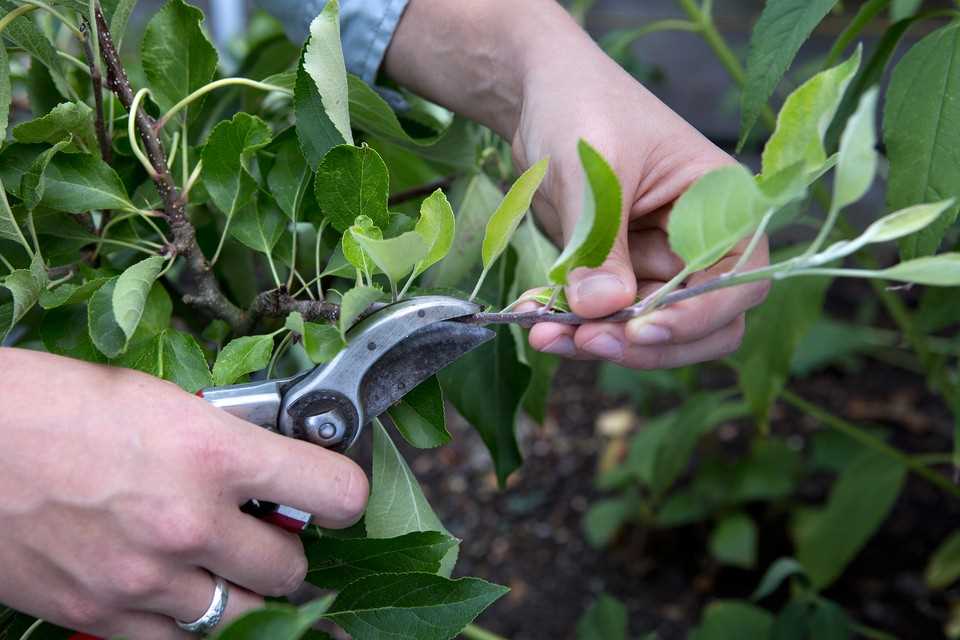

Pruning to shape your plants not only improves their appearance but also encourages more flowering and fruiting. Remove any overgrown or crossing branches to allow more sunlight and air circulation to reach the inner parts of the plant. This will stimulate the growth of new flowering and fruiting branches.
4. Stimulate Lateral Branches
Lateral branches are the side branches that grow horizontally from the main stem. Stimulating these branches will promote flowering and fruiting. To do this, you can prune the tips of the main stem just above an outward-facing bud. This will redirect the plant’s energy towards the lateral branches, resulting in more flowers and fruits.
5. Timing
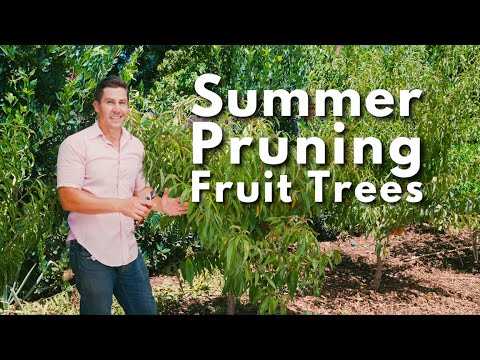

The timing of your summer pruning can also affect flowering and fruiting. It’s best to prune your plants after the main flush of flowers has finished blooming. This will give the plant enough time to recover and produce new buds for the next flowering season. Pruning too late or too early in the season may result in reduced flowering or fruiting.
By using these simple techniques, you can promote flowering and fruiting in your plants, leading to a more beautiful and productive garden.
Pruning for Maintenance and Size Control
Pruning is an essential technique for maintaining the health and size of plants during the summer months. Proper pruning practices can help to improve air circulation, control diseases, and stimulate new growth. Here are five simple summer pruning techniques that experts recommend for maintaining healthy plants and controlling their size:
Deadheading:
This technique involves removing spent flowers to encourage the growth of new buds and blooms. By deadheading regularly, you can promote continuous flowering and prevent the plant from putting energy into seed production.
Thinning:
Thinning involves selectively removing branches or stems to improve air circulation and reduce the overall density of the plant. This can help to prevent diseases and promote better sunlight penetration.
Pinching:
Pinching is a technique used to stimulate branching and create a bushier and more compact plant. It involves removing the tips of new growth using your fingers or pruning shears. Pinching should be done when the new growth is still tender.
Renewal Pruning:
Renewal pruning is a more drastic technique used to rejuvenate older plants or shrubs. It involves cutting back one-third of the oldest stems to the ground, which encourages new growth and improves the plant’s overall health.
Size Control:
To control the size of a plant, regular pruning may be necessary. This can involve reducing the length of branches or stems, or even cutting the plant back to a desired size. Trimming and shaping can help keep plants within the desired boundaries of a garden or landscape.
Remember, different plants may require different pruning techniques, so it’s important to do your research and understand the specific needs of your plants before pruning. By following these simple summer pruning techniques, you can keep your plants healthy, promote better growth, and maintain the desired size and shape of your garden or landscape.
Tips for Proper Pruning Techniques
Pruning is an important task in maintaining the health and beauty of your plants. With the right techniques, you can help your plants stay healthy and encourage optimal growth. Here are some tips for proper pruning:
1. Start with the right tools
Before you begin pruning, make sure you have the proper tools on hand. Some essential tools for pruning include sharp pruning shears, pruning saws, and loppers. Having the right tools will make the job easier and help you achieve clean and precise cuts.
2. Know when to prune
It’s important to know the best time to prune your plants. In general, pruning during the dormant season, which is usually in late winter or early spring, is recommended. However, some plants require specific pruning times, so it’s important to research and understand the needs of each plant in your garden.
3. Remove dead or diseased branches
One of the main goals of pruning is to remove dead, damaged, or diseased branches. These branches can harbor pests and diseases and hinder the overall health of your plants. By removing them, you can promote airflow and encourage new growth.
4. Use the right pruning technique
There are different pruning techniques for different plants and purposes. Some common techniques include thinning, heading back, and rejuvenation pruning. It’s important to research and understand the specific needs of each plant to determine the appropriate pruning technique.
5. Take your time and step back
Pruning should be done with care and precision. Take your time to assess the plant and make deliberate cuts. Step back occasionally to evaluate the overall shape and balance of the plant. This will help you achieve a well-pruned and aesthetically pleasing result.
Remember, pruning is a skill that takes time and practice to master. By following these tips and continuing to educate yourself about proper pruning techniques, you can ensure the health and beauty of your plants throughout the summer and beyond.
Question-answer:
When is the best time to prune my plants in the summer?
The best time to prune plants in the summer is during early morning or late afternoon to avoid subjecting the plants to extreme heat.
How often should I prune my plants in the summer?
The frequency of pruning depends on the specific plants and their growth rate. However, a general guideline is to prune once every 4-6 weeks during the summer.
Can I prune my plants during the hottest part of the day?
No, it is not recommended to prune plants during the hottest part of the day as it can cause stress and damage to the plants. Try to prune during the cooler parts of the day.
What tools should I use for summer pruning?
It is best to use sharp, clean tools such as bypass pruners, hand shears, or loppers for summer pruning. This ensures clean cuts and reduces the risk of spreading diseases.
How much should I prune off my plants during the summer?
The amount of pruning depends on the specific plant and its needs. In general, you should aim to remove dead, damaged, or overgrown branches. Avoid pruning more than one-third of the plant’s total foliage.
Are there any plants that should not be pruned in the summer?
Some plants, such as spring-flowering shrubs, should not be pruned in the summer as it can prevent them from producing flowers next season. It’s best to research specific plants before pruning them in the summer.







